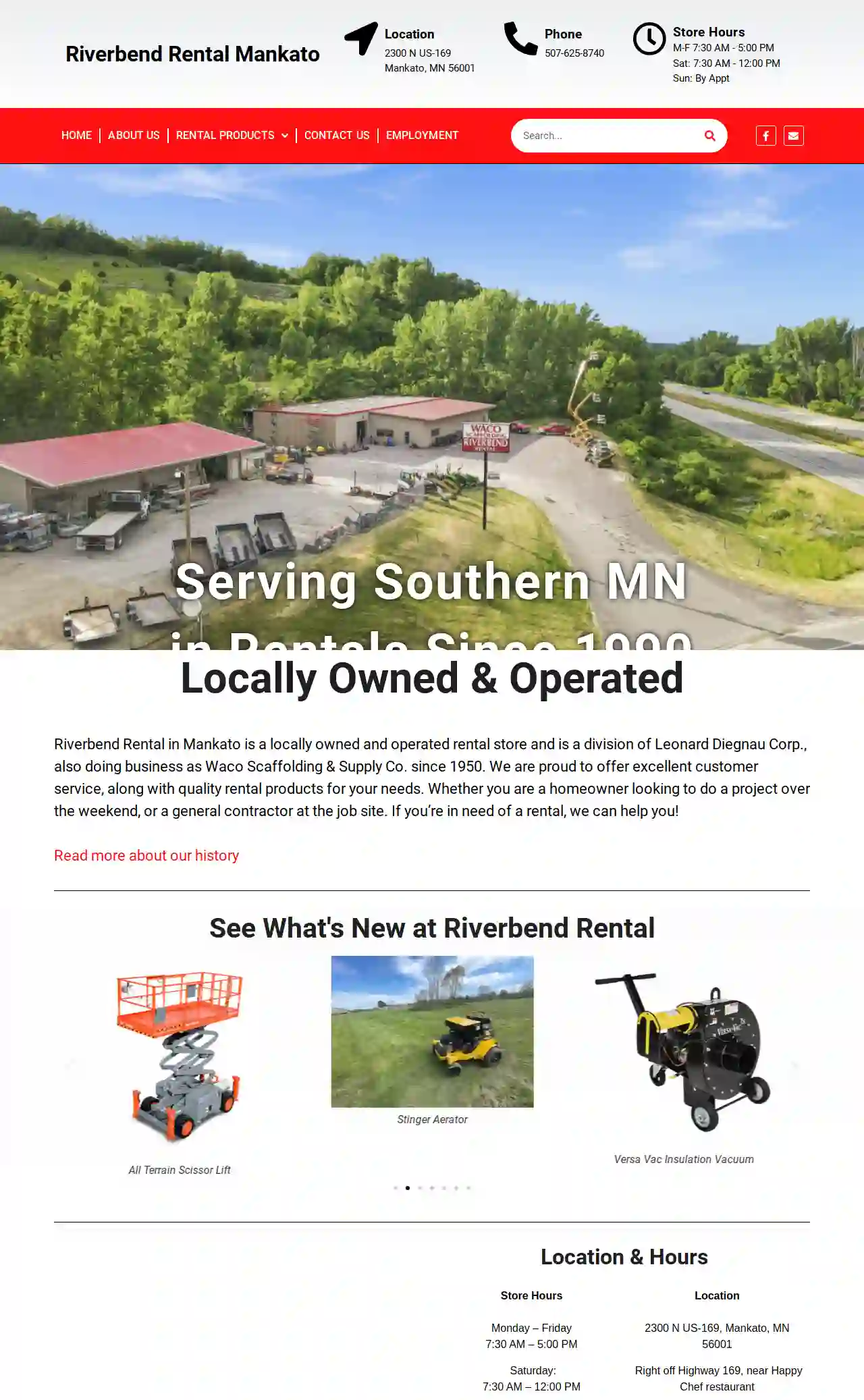Scaffolding Companies Maplewood
Top Scaffolding Companies in Maplewood
Receive multiple Scaffolding Specialists quotes for your project today! Compare profiles, reviews, accreditations, portfolio, etc... and choose the best deal.

Amiga Scaffolding Ltd
4.940 reviewsHoo, 172 Knights Road, Rochester, ME3 9JN, USAmiga Scaffolding Ltd is a reputable company with over 20 years of experience in the scaffold industry. We provide our services to homeowners and commercial clients in Kent, Essex, and London. Our team is fully qualified, experienced, and dedicated to providing a cost-effective, safe, and transparent service to all our clients. We adhere to the latest guidance TG20:21 and SG4:15, ensuring that all scaffolds are erected to industry standards. We are fully insured and aim to be as competitive on price as possible. Our process involves gathering information, arranging an on-site visit, and providing a fixed price quote within 24 hours. We offer a 24-hour emergency call-out service and are there every step of the way.
- Services
- Why Us?
- Accreditations
- Our Team
- Testimonials
- Gallery
Get Quote
Waco Scaffolding Riverbend Rentals
4.846 reviews2300 N US-169, Mankato, 56001, USRiverbend Rental in Mankato is a locally owned and operated rental store and is a division of Leonard Diegnau Corp., also doing business as Waco Scaffolding & Supply Co. since 1950. We are proud to offer excellent customer service, along with quality rental products for your needs. Whether you are a homeowner looking to do a project over the weekend, or a general contractor at the job site. If you’re in need of a rental, we can help you!
- Services
- Why Us?
- Gallery
Get Quote- Sc
Scaffold Service, Inc
4.628 reviewsMinneapolis, US- Services
- Why Us?
Get Quote - Br
BrandSafway Industries Minneapolis
55 reviewsMinneapolis, US- Services
- Why Us?
Get Quote - Re
Reddy Rents
4.344 reviewsMinneapolis, US- Services
- Why Us?
Get Quote - Ha
Harbor Freight Tools
4.5697 reviewsMinneapolis, US- Services
- Why Us?
Get Quote - Ad
Advance Shoring Company
4.723 reviewsMinneapolis, US- Services
- Why Us?
Get Quote - Fa
Farrell Equipment & Supply - New Hope
4.220 reviewsMinneapolis, US- Services
- Why Us?
Get Quote - Ba
Bauer Brothers Building Materials
3.9151 reviewsMinneapolis, US- Services
- Why Us?
Get Quote - Fa
Farrell Equipment & Supply - Burnsville
4.739 reviewsMinneapolis, US- Services
- Why Us?
Get Quote
Over 2,353+ Scaffolding Businesses registered
Our scaffolding contractors operate in Maplewood and surrounding areas!
ScaffoldingHQ has curated and vetted Top Scaffolding Businesses in and around Maplewood. Find the most trustworthy business today.
Frequently Asked Questions About Scaffolding Companies
- Hire Professionals: Just like erection, dismantling should be done by qualified and experienced scaffolding erectors.
- Reverse the Erection Process: The dismantling process should generally follow the reverse order of erection.
- Clear the Area: Ensure the area below is free from people and obstacles.
- Lower Materials Safely: Use ropes or other safe methods to lower dismantled components to the ground.
- Inspect Components: As components are removed, inspect them for damage and store them properly for future use.
- Workers: Consider the number of workers on the scaffolding at any given time.
- Materials: Include the weight of building materials, tools, and equipment being used on the platform.
- Environmental Factors: Factor in potential loads from wind or snow, especially for taller scaffolding structures.
What is a scaffolding hoist?
Can I erect scaffolding myself?
How do I dismantle scaffolding safely?
What is the weight limit for scaffolding?
What is a scaffolding hoist?
Can I erect scaffolding myself?
How do I dismantle scaffolding safely?
- Hire Professionals: Just like erection, dismantling should be done by qualified and experienced scaffolding erectors.
- Reverse the Erection Process: The dismantling process should generally follow the reverse order of erection.
- Clear the Area: Ensure the area below is free from people and obstacles.
- Lower Materials Safely: Use ropes or other safe methods to lower dismantled components to the ground.
- Inspect Components: As components are removed, inspect them for damage and store them properly for future use.
What is the weight limit for scaffolding?
- Workers: Consider the number of workers on the scaffolding at any given time.
- Materials: Include the weight of building materials, tools, and equipment being used on the platform.
- Environmental Factors: Factor in potential loads from wind or snow, especially for taller scaffolding structures.